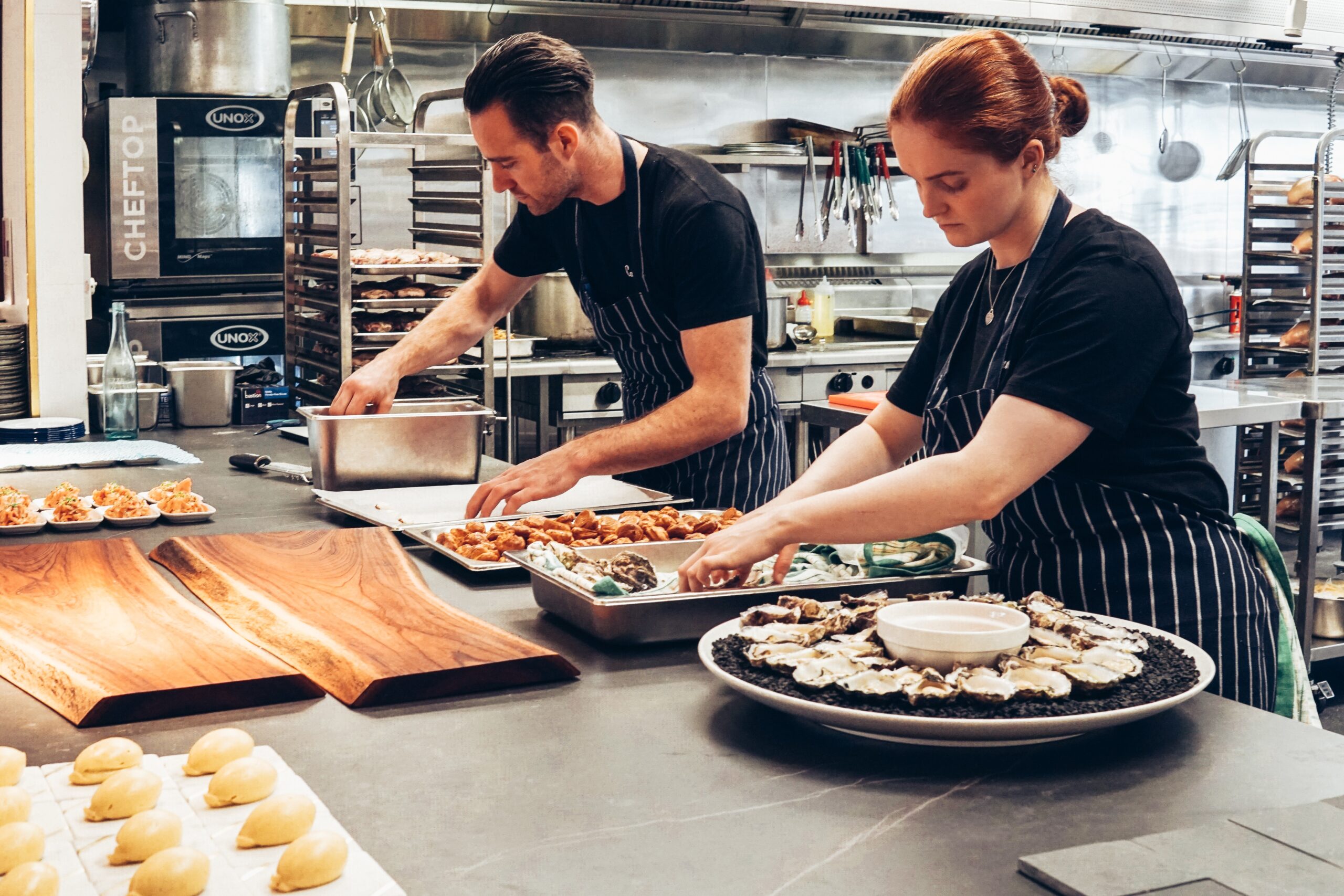You started this firm because you have a deep appreciation for fine cuisine and dedicated service. Even more so than the ability to produce mouthwatering cuisine, sound financial management is the foundation of any successful restaurant. This guide will give you vital information about financial management, with a focus on your position as a restaurant owner. Get down to business and discover how mastering the financial recipe may guarantee your restaurant’s success and create an indelible impression on all your customers.
Planning a Budget that Works
Mastering the art of budgeting is essential to your long-term success as a restaurant operator. Make a detailed budget that accounts for both your consistent costs, such as rent and electricity, and your variable costs, such as food and advertising. You can save money and better allocate resources by comparing actual costs to those projected in a budget regularly. With this systematic approach, you can better manage your finances, avoid losing money, and keep your business profitable. Having a well-defined financial plan will help you avoid common pitfalls in the restaurant business and keep your business running smoothly.
Keep an Eye on Grocery Prices and Stock
Lessen the Expense of Labor
If you’re a restaurant owner, keeping tabs on your food expenses and stock is crucial to keeping your business profitable. It’s important to regularly assess menu prices to make sure they’re covering costs and leaving room for a healthy profit. By decreasing waste and avoiding irrational purchases, keeping a tight check on your restaurant supplies can help you save money. Use modern tools to keep tabs on stock and spot money-losing slow-moving products. Maintaining vigilance and employing efficient inventory management methods can allow you to maximize profits, streamline operations, and provide diners with exceptional service and cuisine.
The health of your restaurant’s bottom line depends on how successfully you manage labor expenses. A restaurant owner must adjust staffing levels based on peak hours and client demand to minimize overstaffing during slow times. In addition to streamlining processes and reducing the need for extra workers, cross-training individuals to manage several duties successfully can also benefit. By conducting regular performance reviews, you can single out employees who are truly making a difference in the company and reward them for their efforts. Finding the sweet spot between labor costs and operational needs will allow you to keep prices low without sacrificing the quality of service, laying the groundwork for the long-term health of your restaurant.
Discuss Prices with Vendors
Successful restaurant owners know that good connections with their suppliers are crucial to their businesses’ bottom lines. Make sure you are obtaining the greatest prices on ingredients and other necessities by regularly comparing prices from various sources. Try to get a discount on your bulk purchases and flexible payment arrangements that work with your budget. When you communicate openly and honestly with your suppliers, you can work out arrangements that benefit both parties, allowing you to buy food at a discount without sacrificing quality. Maintaining a consistent and trustworthy supply chain for your restaurant is essential to controlling expenses, growing your profit margins, and staying competitive.
Effective Control of Money Flows
For your restaurant to run smoothly, cash flow management is essential. As a restaurant owner, you should employ methods to increase the likelihood that your customers will pay their bills on time, such as providing several different ways for them to do so and sending timely reminders. To better control outbound cash flow, you could negotiate attractive payment terms with your vendors. Using a point-of-sale system, for example, can improve efficiency and give you better insight into how well your restaurant is doing financially. If you want to avoid any snags in your cash flow, you should keep an eye on your cash flow statements regularly. Your restaurant’s long-term viability, success, and ability to satisfy financial obligations depend on your ability to maintain a positive cash flow.
Utilize New Media
If you’re a restaurant owner, adopting modern technology will help you run your business more smoothly and profitably. Think about switching to a restaurant management system that has all-in-one POS, inventory, and bookkeeping features. You may make educated business decisions using the information provided by these solutions in real-time. Order processing, sales tracking, and customer information management are all simplified with an efficient point-of-sale system. Digital marketing, which makes use of channels like social media and email, is another example of how technology can be used to expand reach at little cost. Using technology to its full potential, restaurants can boost their performance across the board, provide better customer service, and thrive in a crowded market.
Make a Contingency Plan
To keep your restaurant running smoothly, no matter what comes your way, you must have a plan in place for any unforeseen circumstances. Make sure you have some money set aside in case of any sudden costs or temporary dips in revenue by starting an emergency fund. Having a financial buffer gives you peace of mind and guarantees that your business can keep running through rough patches without sacrificing quality or service. To protect your restaurant against events like natural catastrophes or market fluctuations, it’s important to do a risk assessment. The key to success in the dynamic restaurant sector is maintaining the flexibility to adapt to new circumstances. Therefore, it’s crucial to have a strategy in place to handle the unexpected.
Conclusion
You now have an effective set of money management techniques at your disposal to support your success. You may improve your restaurant’s financial health and profitability by carefully creating and sticking to detailed budgets, keeping track of food costs and inventory, limiting labor expenses, and negotiating with suppliers. If you want to save time and money while also using data to make better decisions, you need to embrace technology if you want to succeed in today’s business climate.
